5 Things To Know About Dell's New Wyse 5070 Thin Client

The Thin Client Opportunity
As Dell's Wyse thin-client business faces increased competition from rivals such as IGEL, the launch of revamped new Wyse hardware is evidence that Dell isn't letting up. The market opportunity is clear, according to Dell: as the Windows 10 migration picks up steam, organizations that rely on Windows 7 applications are facing major challenges. Moving apps to virtual desktop infrastructure (VDI) environments -- with thin clients as the endpoints -- is one solution. Amid the expanding competitive landscape and market opportunities in thin clients, Dell is launching powerful and highly configurable new Wyse hardware, the Wyse 5070.
What follows are five key things to know about Dell's new Wyse 5070 thin client.
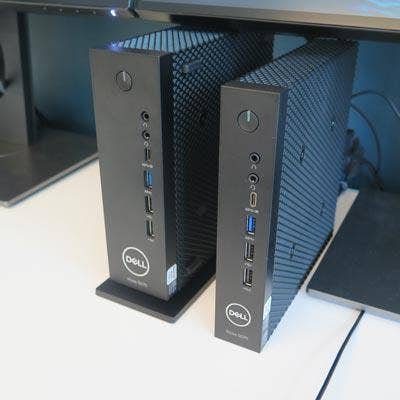
Extended Model
Dell is actually releasing two versions of its newest thin client. In addition to the Wyse 5070, there is also a Wyse 5070 Extended model. The two models differ in terms of port and graphics options as well as in size. The standard 5070 measures 7.2 inches (height) x 1.4 inches (width) x 7.2 inches (depth), while the 5070 Extended features a wider chassis at 7.2 x 2.2 x 7.2 inches.
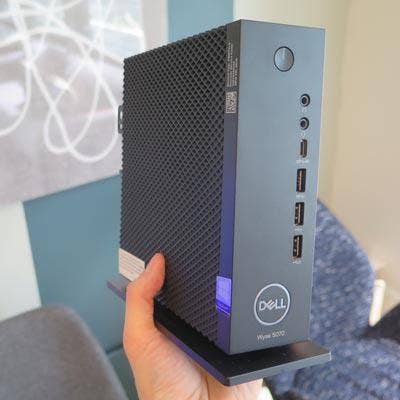
Processors & Memory
While thin clients differentiate from other endpoints by not requiring as much processing muscle, Dell's Wyse 5070 still offers a generous amount of horsepower -- with choices between two Intel quad-core processors. Those would be the Intel Celeron J4105 and, for higher performance, the Intel Pentium Silver J5005. For graphics, the 5070 Extended features an option for a discrete AMD GPU -- the Radeon 9173. As for RAM, configuration options with the Wyse 5070 are for 4 GB or 8 GB of DDR4 2400MHz memory.
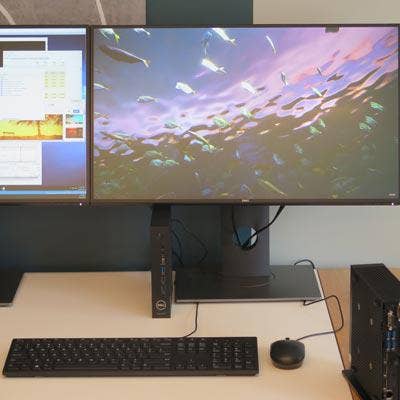
Monitor Support
Dell's Wyse 5070 is also generous when it comes to supporting multiple monitor connections. The Wyse 5070 can support two or three displays via DisplayPort, while the 5070 Extended model supports up to six displays (note: this requires the inclusion of discrete AMD graphics). The Pentium processor configuration is also required for supporting three or six monitors.
Notably, both models of the thin client are capable of supporting displays with 4K/UHD (3,840 x 2,160) resolution. The Wyse 5070 Extended can support up to four monitors with 4K resolution at 60Hz, according to Dell.
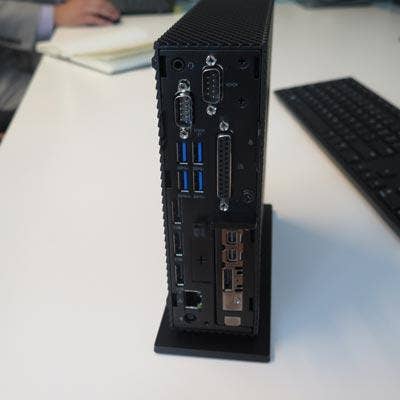
Networking & Ports
The new Wyse hardware offers up to 21 I/O slots and ports -- up to 14 in the rear and seven in the front.
Along with a standard Ethernet port, additional networking options include dual-band wireless (Wi-Fi and Bluetooth), a small form-factor pluggable (SFP) port and a second Ethernet port (to meet special requirements, such as failover).
Port configurations vary between the Celeron and Pentium versions of the Wyse 5070 and the 5070 Extended model. All models, however, include a variety of both legacy and modern ports: USB-A, USB-C, a serial port, optional VGA, optional smart card reader and the DisplayPort connections mentioned earlier. The 5070 Extended model includes an additional serial port, as well as a PCIe expansion port and a parallel port.
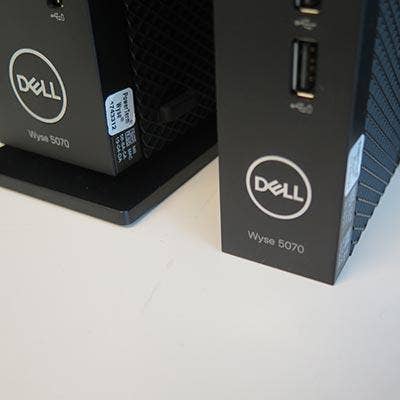
Price & Availability
Dell says that even with the performance enhancements and high configurability of the new Wyse 5070, the pricing will stay comparable to past Wyse hardware. Dell hasn't released specific pricing, but said the starting price for the Wyse 5070 lineup will be less than $450 (which is the starting price for the predecessor model, the Wyse 5060). The Wyse 5070 is expected to be available June 5.